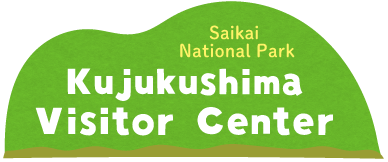The number of Kujuku Islands is
208

There are 208 islands in Kujukushima
Kujukushima Day
Sep.19th

Established by Sasebo City on September 19, 1999
Crane migration can be seen
from Jan. to Mar.

Crane migration can be observed over Kujukushima from winter to spring
How many manned islands are there?
only 4
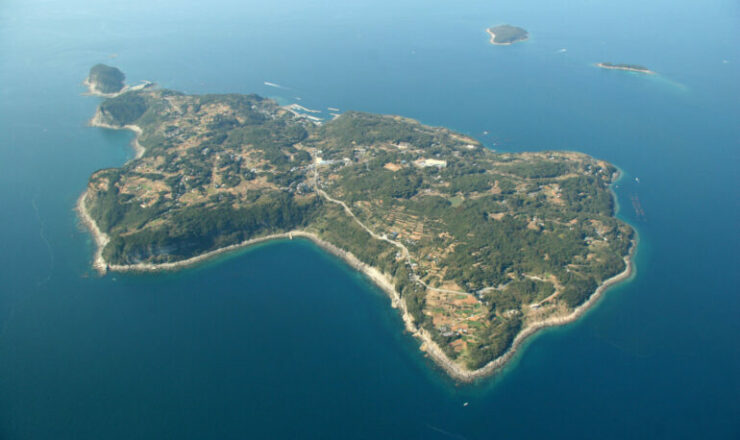
There are only four inhabitants of Kujukushima: Kuroshima, Takashima, Maejima, and Toudomarijima.
endangered species
More than 30
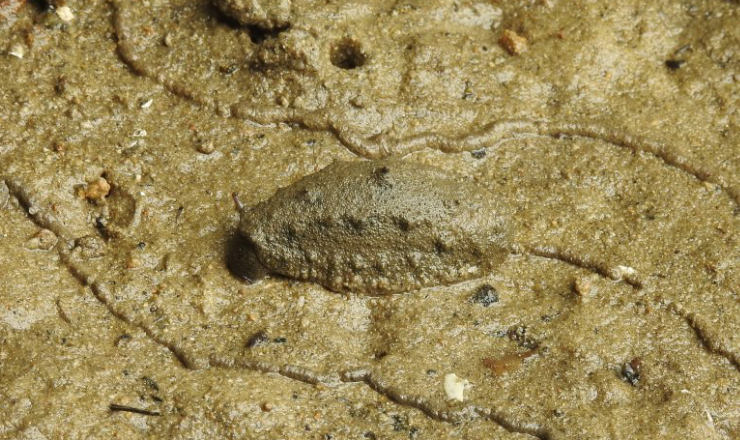
There are more than 30 endangered species on Kujukushima
Designated as a national park is the
18th in Japan
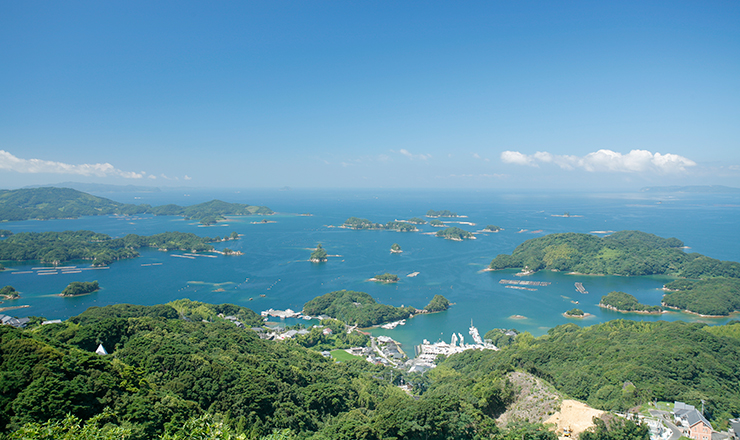
Saikai National Park, including Kujukushima, was designated as a national park in 1955.
The migration of Chinese sparrowhawks can be seen in
Sep.
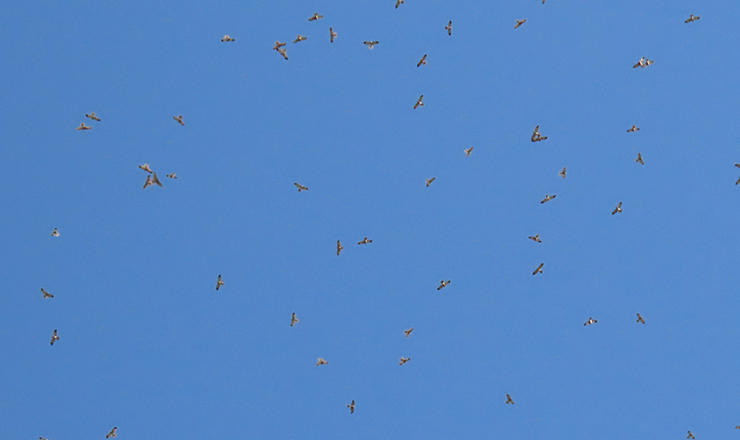
You can see the migration of Chinese sparrowhawks in the fall
Joined "World's Most Beautiful Bays Club" for the
5th case in Japan

Kujukushima was certified as a member of the NGO "World's Most Beautiful Bays Club" in April 2018.
Tobikazura(Mucuna sempervirens) was discovered in the
secondin Japan
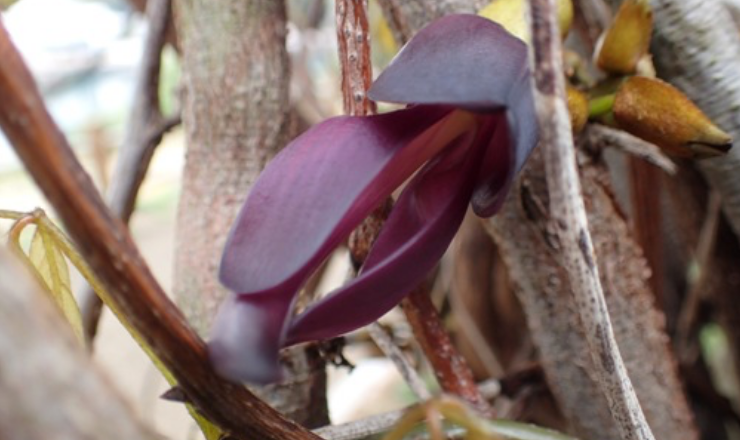
On Tokoi Island, one of the Kujuku Islands, there is Tobikazura, which is said to have been confirmed to grow wild in only four places in Japan. Discovered second in Japan on September 3, 2000
Difference in tide level in Kujukushima area
Up to about 3m
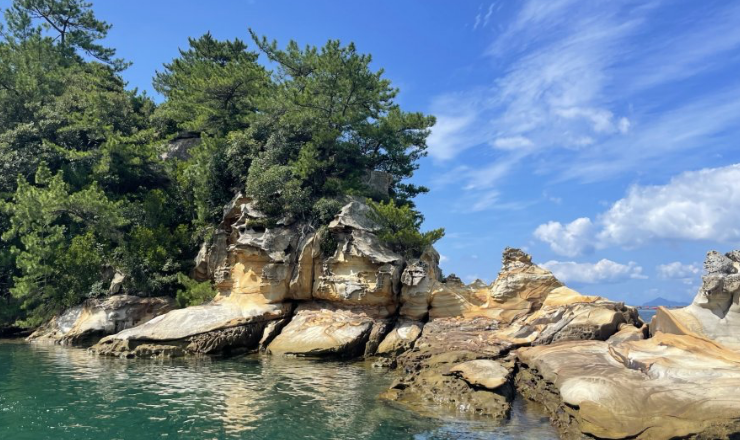
The sea of Kujukushima is characterized by active tide movements
in nationwide production of small dried sardines
No.1

The amount of small dried sardines produced in Kujukushima is the highest in Japan
The density of the islands of Kujukushima is
3.81per1㎢
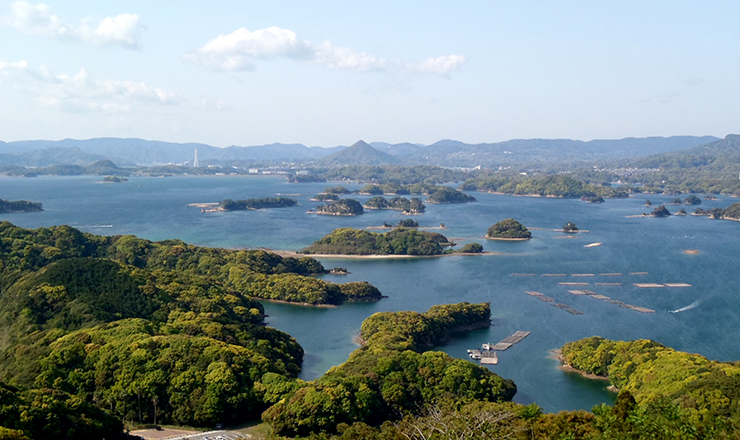
The density of Kujukushima islands is 3.81 per square meter, No. 1 in Japan
for counting the islands of Kujukushima
There are two conditions

・Being out of the sea at high tide
・Growing terrestrial plants
Certified by Sasebo City
"Kujukushima Eight Views"
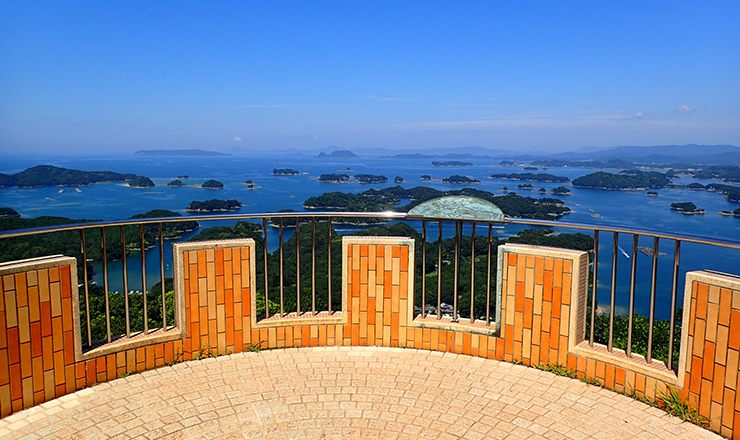
2006 Sasebo City certifies Tenkaiho, Ishidake Observatory, etc. as "Kujukushima Eight Views"
of sea skater(Halobates japonica) confirmed on Kujukushima
There are three types

All of them are threatened with extinction
required for horseshoe crab habitat
Three conditions

In order for horseshoe crabs to inhabit, there must be three clean beaches, tidal flats, and the sea nearby.
Average seawater temperature around Kujukushima
minimum 11 ℃, maximum 30 ℃
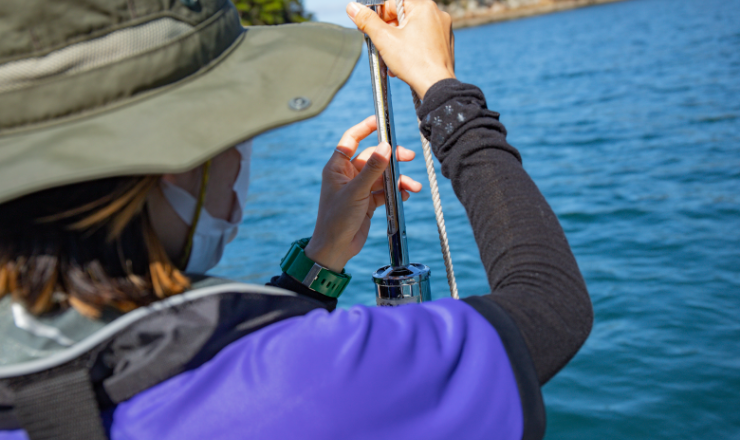
he average seawater temperature around Kujukushima is 11 ℃ at the lowest and 30 ℃ at the highest (FY2008-2018 survey).
Number of surveys conducted by the Kujukushima Research Office
20 or more
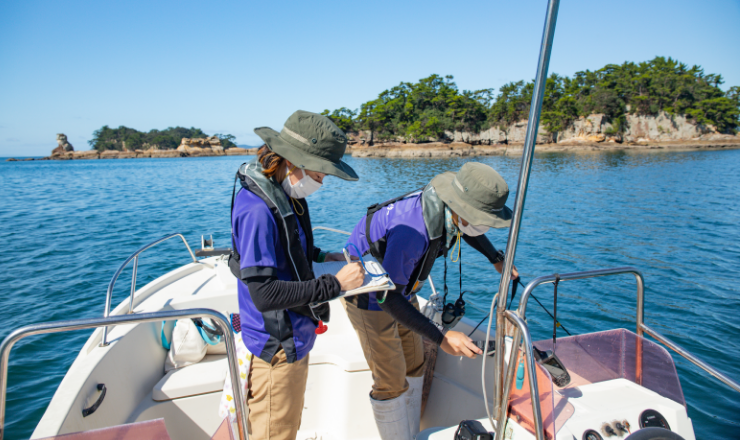
The Kujukushima Research Office has conducted more than 20 types of surveys so far.
Flowering time of Lilium speciosum
late July
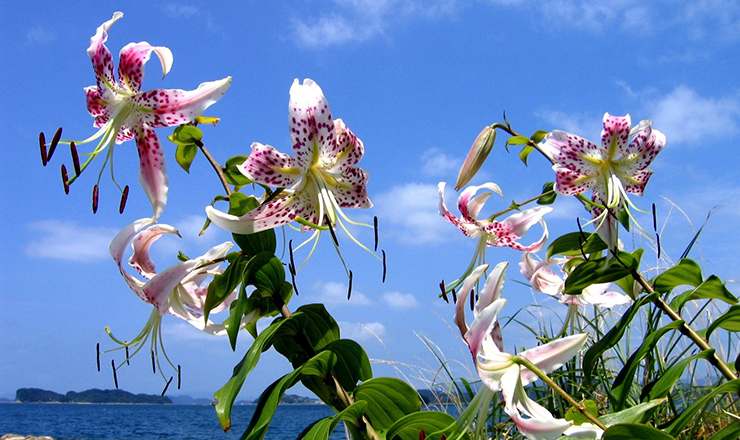
Lilium speciosum begins to bloom in late July
Natural coast length
288.44 km
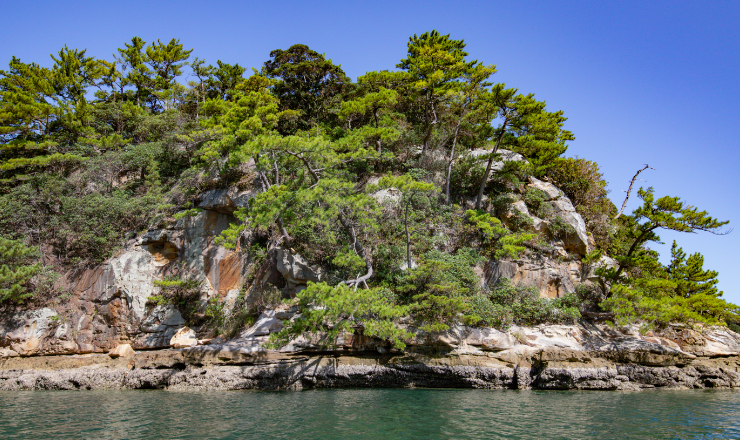
There are 288.44 pristine beaches, and the ratio is 81.5% of the total (2004 survey).
The strata that can be observed on the island are
about 35 million years ago

There is an island where you can observe the stratum about 35 million years ago, and you can also see real shell fossils.
Lilium speciosum became a city flower
in 2000
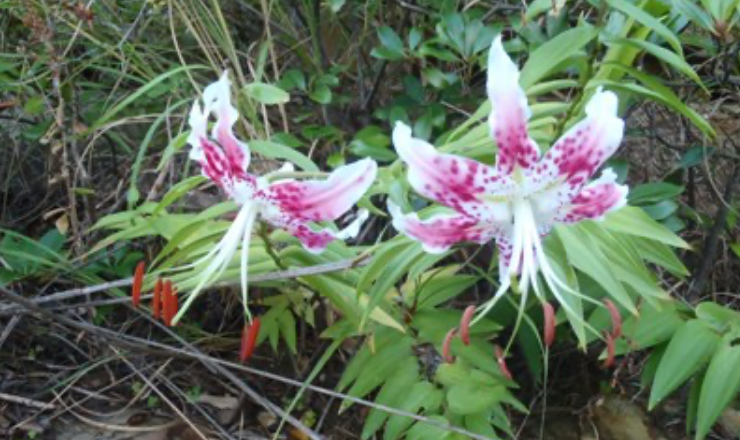
2000 Lilium speciosum becomes a city flower on the 100th anniversary of Sasebo municipal administration
